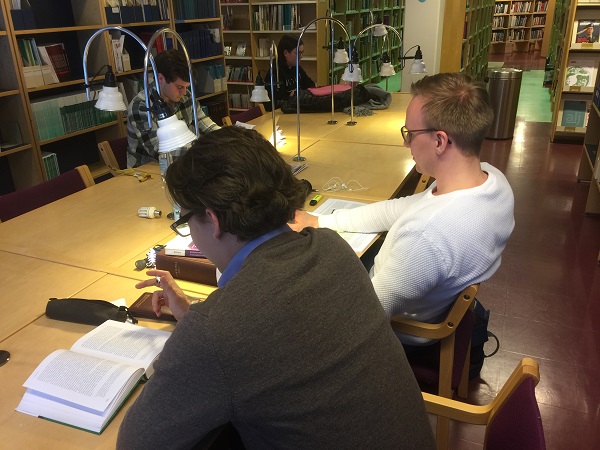Tuition fee on none-EU students likely becomes suicidal
Published : 26 Feb 2018, 00:01
Updated : 26 Feb 2018, 00:07
The number of the foreign students declined in Finland significantly in 2017 following the introduction of tuition fees on the students outside of the European Union and the EU economic zone.
A survey carried out by a national daily newspaper early October last year said that by the end of September, 2017, 4,355 non-EU students had filed for a residence permit, which was 25% lower than in the same period in 2016.
According to the study nine percent of residence permit applications submitted by students have been rejected by the Finnish Immigration Service. In most cases, the reason has been uncertainty about meeting the living costs. A student must have at least 6,720 euros every year in his or her possession upon entering Finland.
New rules, which came into force from January 2017 imposed on an average a tuition fee of EUR 10,000 on every non EU student annually, which was completely free of charge untill 2016.
Although the University authorities tried to compensate the non-EU students through granting scholarship, it was insufficient and not for all.
Like the other parts of the country, the declining trend was also observed in the University of Lapland and the Lapland University of Applied Sciences.
According to the international coordinators of the two educational Institutions, about 385 international students including 215 at the Lapland University of Applied Sciences and 170 at the University of Lapland enrolled this year. Before introducing the tuition fees, the number of arrival of the foreign students was on an average 500 every year.
At the University of Lapland 25% received full scholarship, 75% got half scholarship while 11 students had to pay full tuition fees.
Meanwhile, the target of the universities to earn money from the non-EU students through imposing tuition fee was not successful as the amount earned from the foreign students was much lower than the revenue envisaged.
I was discussing the issue with the Rector of a University last month and he said the tuition fees created complicated situation for the Universities. He, however, said that all the countries, excepting only two in this region- Norway and Iceland kept the option for tuition fees for the foreign students and hinted that it is difficult for Finland to withdraw the decision of tuition fees being a member of EU.
But, If the declining trends of non-EU students continues, it would not only put negative impact on internationalization, but also will create a cultural gap between the Finnish students and international world. Local students get the opportunity to know the various cultures from the international students besides sharing knowledge.
Moreover, If the provision for paying tuition fee remains unchanged, the possibility for arrival international students is very thin as they may not chose Finland due to the weather situation, working facilities and international atmosphere. If the students do not come from outside of EU, the decision for imposing tuition fees might have been suicidal for the education sector in the country and the policymakers should rethink the issue as early as possible.
Click here to read the original column in Finnish language.


